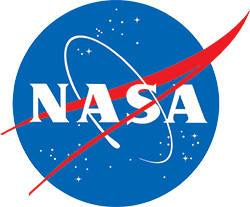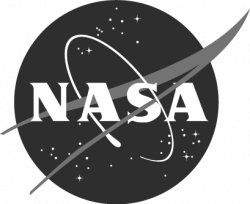News Archives
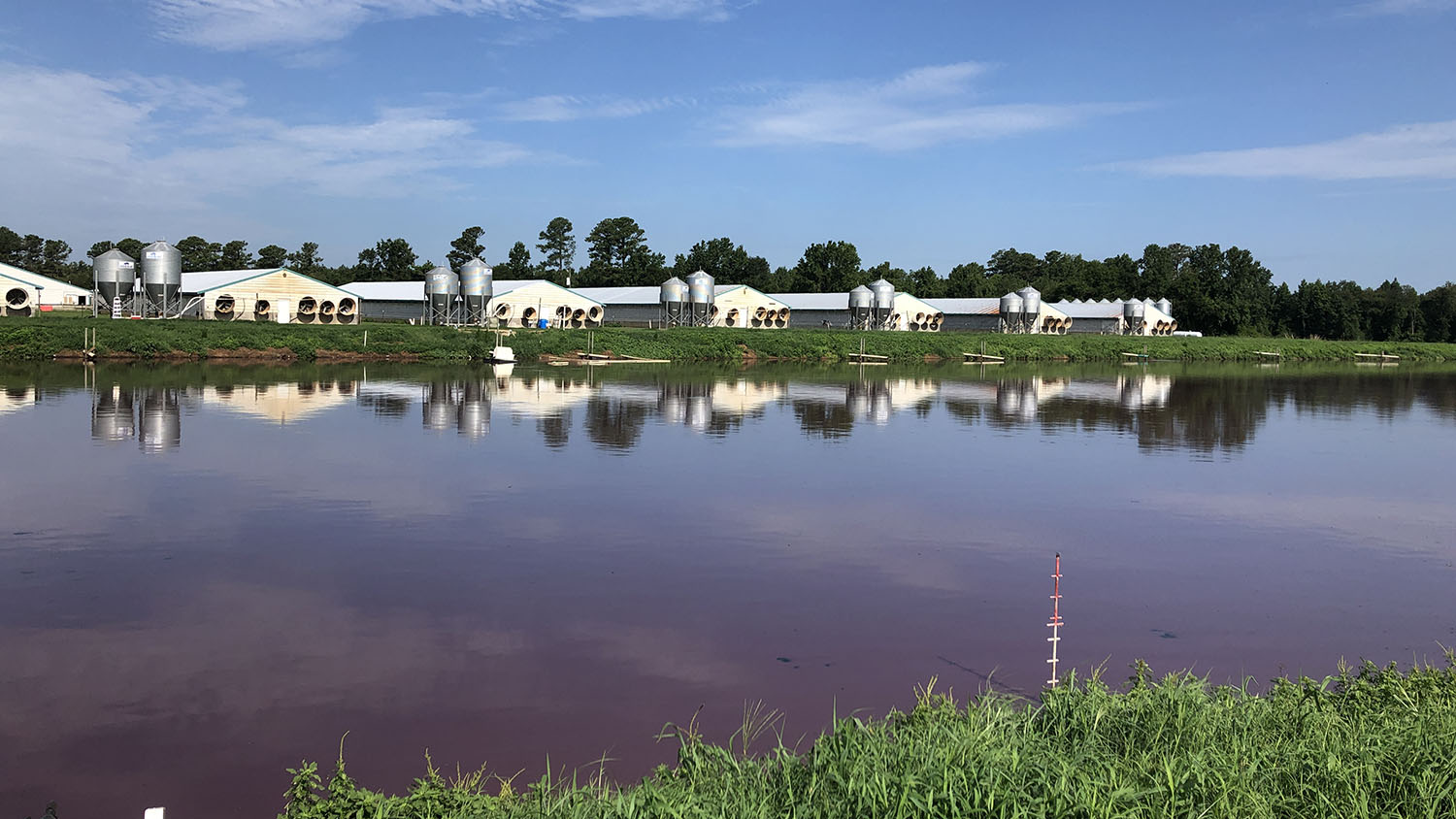
Tracking the Start of Swine Waste Lagoons with Landsat
Researchers at North Carolina State University have developed an automated technique that uses Landsat to determine when swine waste lagoons were constructed and how they may have affected environmental quality.
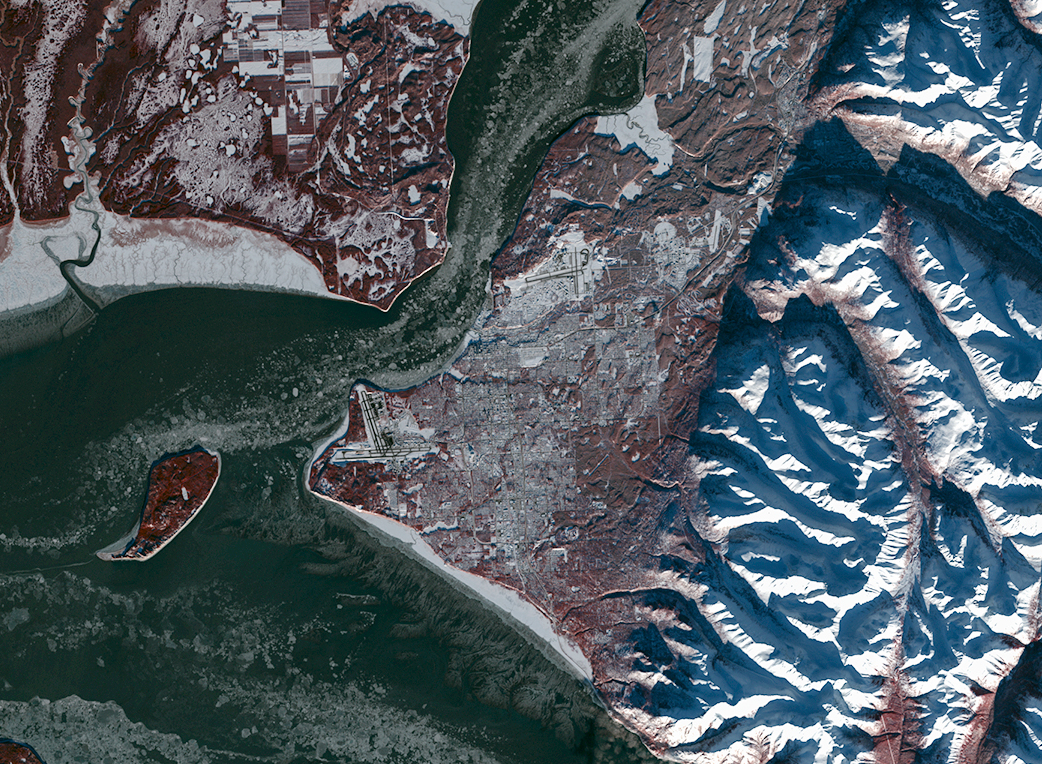
USGS Opens Door to Landsat 9 Data
The U.S. Geological Survey has made all Landsat 9 data available from its Landsat archive.
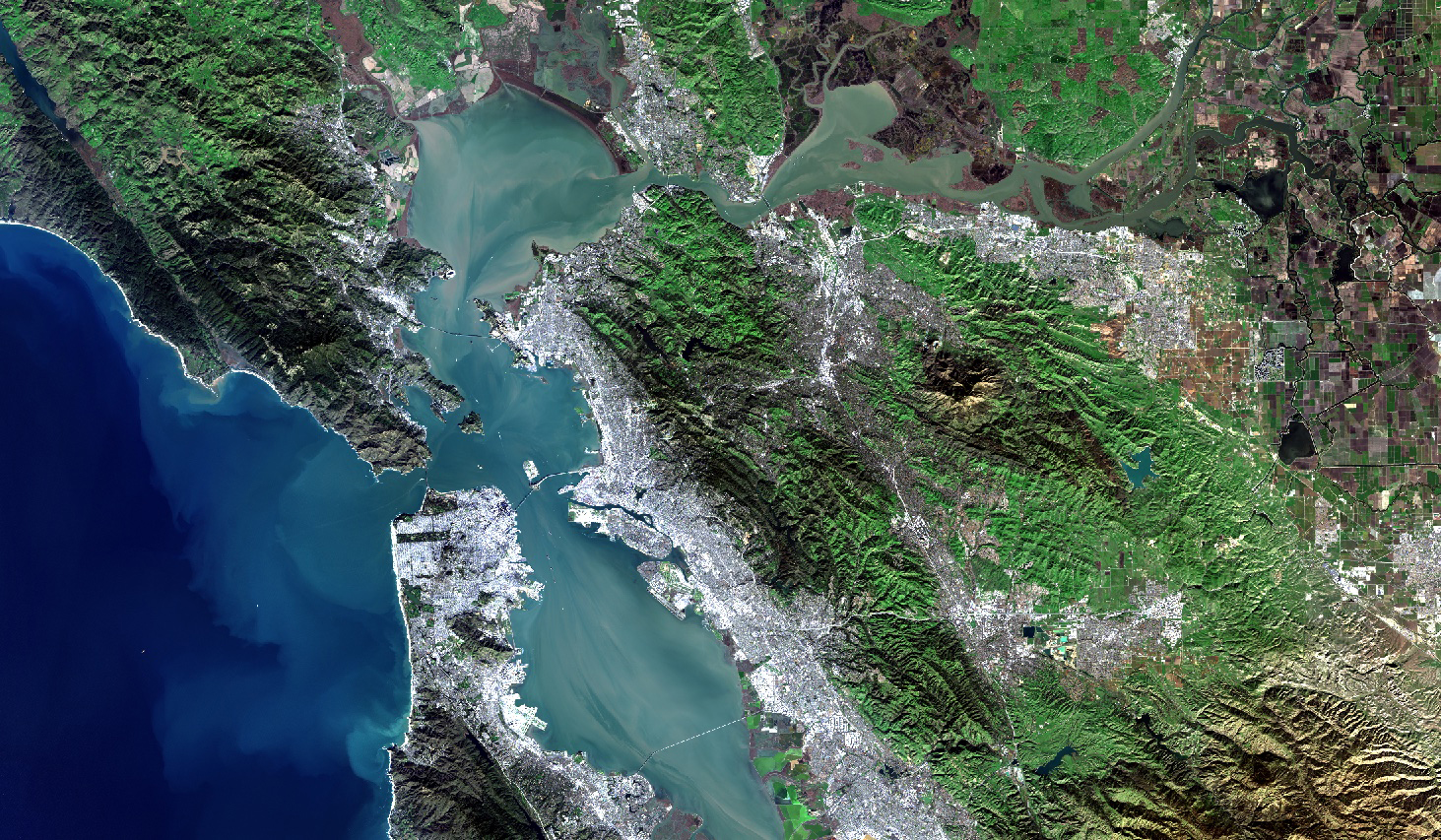
NASA/USGS Landsat 9 Passes Review, Now Operational
Landsat 9, a joint mission of NASA and the U.S. Geological Survey (USGS), passed its post-launch assessment review and is now in its operational phase.
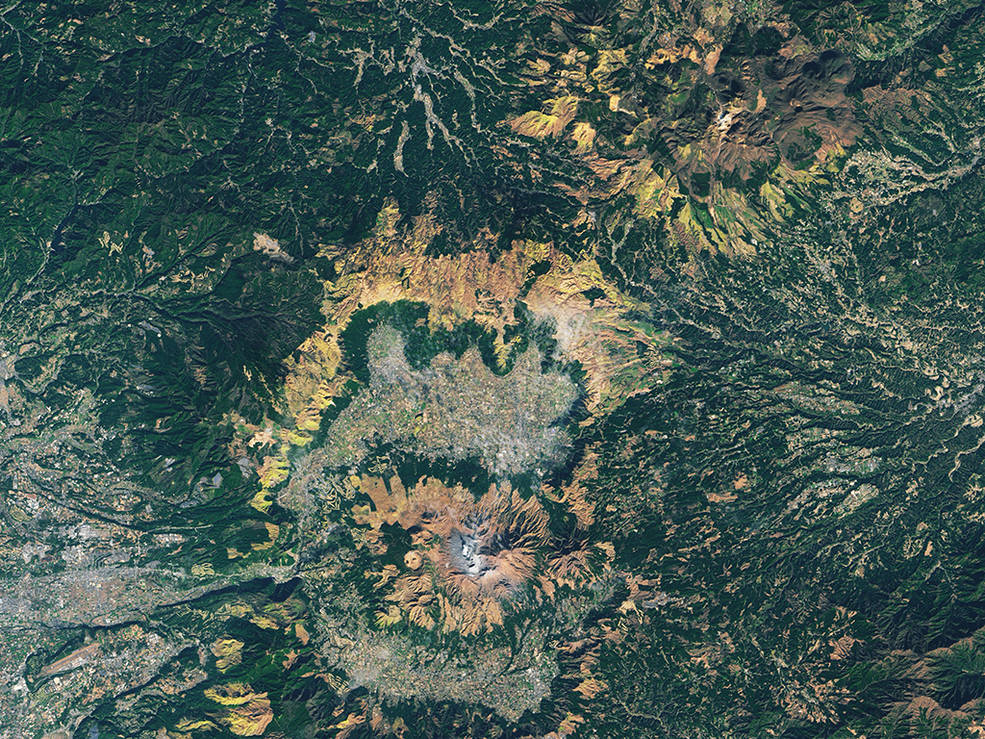
Amazing Earth: Satellite Images from 2021
From record-breaking heatwaves to pandemic-related events, the images in this list showcase some of the beautiful and complex events that occurred on our planet in the past year.
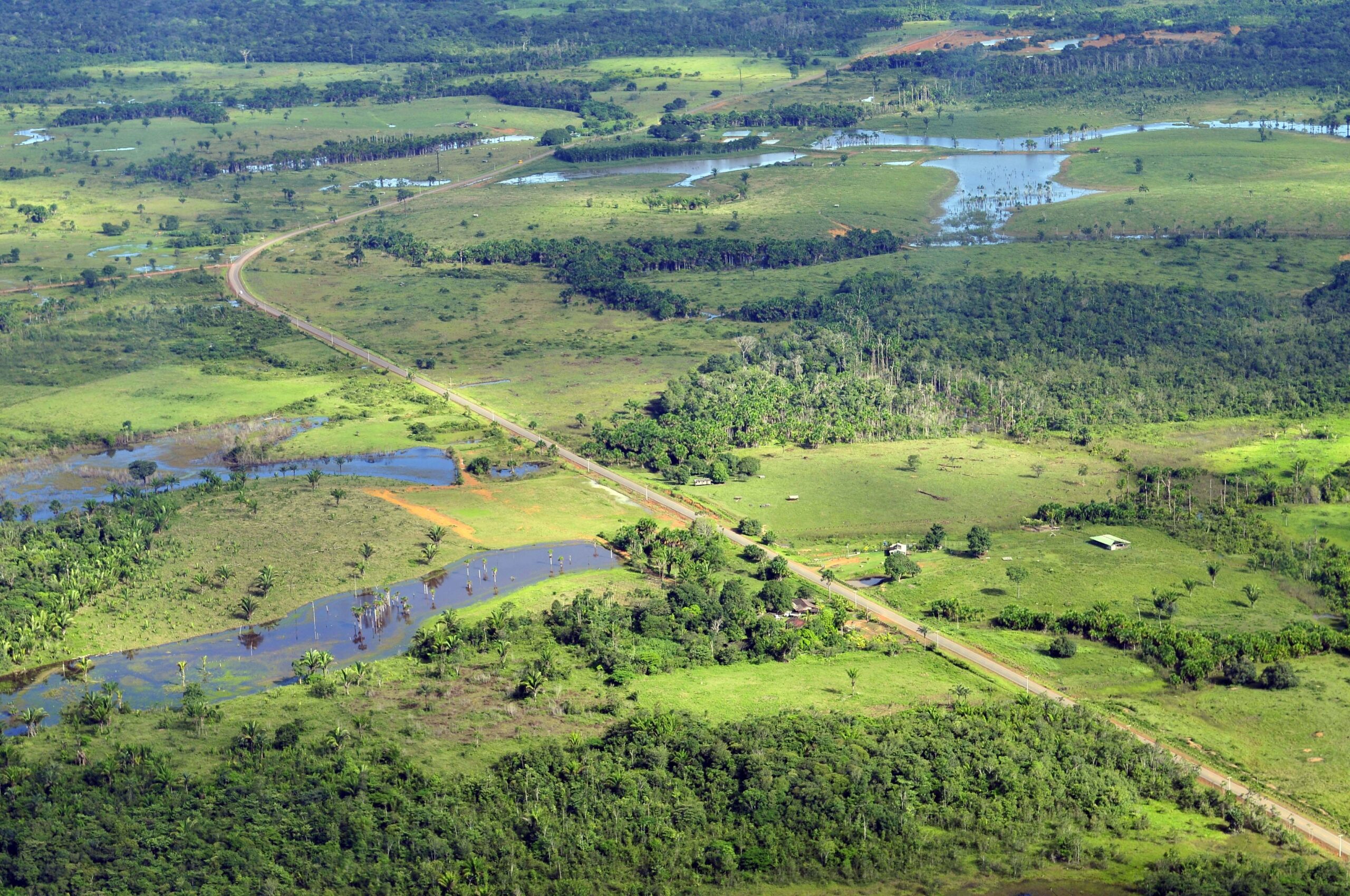
Reading the Landscape
More than 100 countries at the UN Climate Change Conference this past year made the bold commitment to halt and reverse deforestation by 2030.
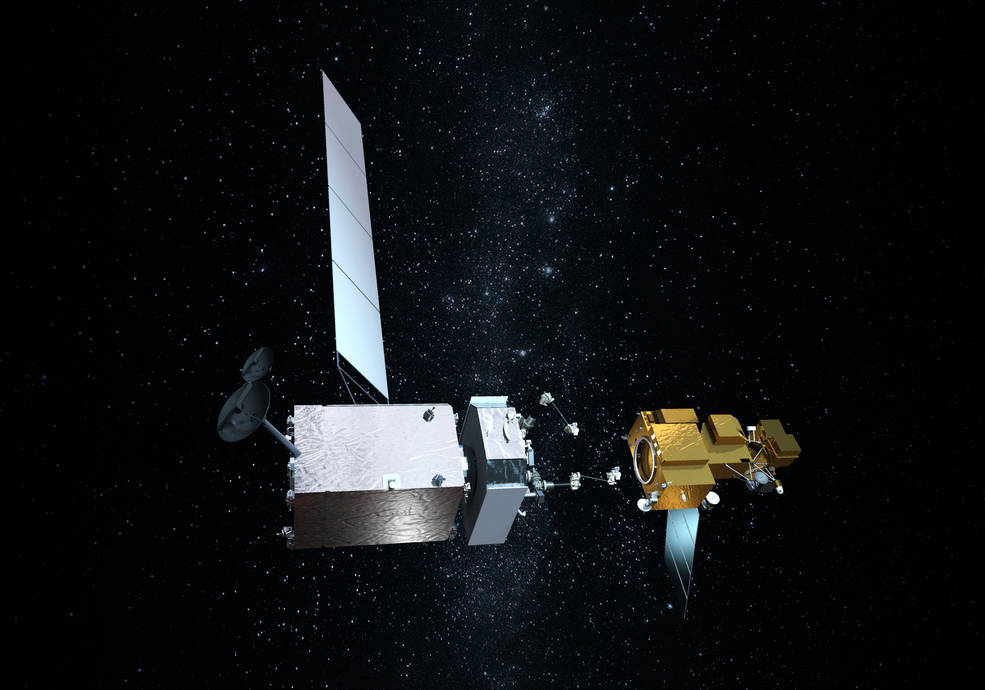
Technology Transfer: NASA Satellite Servicing Technologies
Northrop Grumman recently signed agreements to license three technologies from NASA related to satellite servicing.
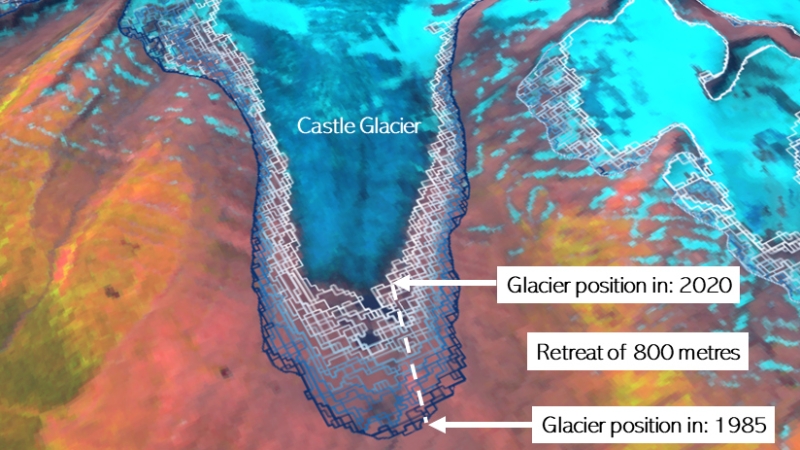
Landsat Shows Western Canada’s Glaciated Environments Rapidly Changing
A new mapping tool developed by UNBC researchers shows that western Canadian glaciers are shrinking at an increasing rate.
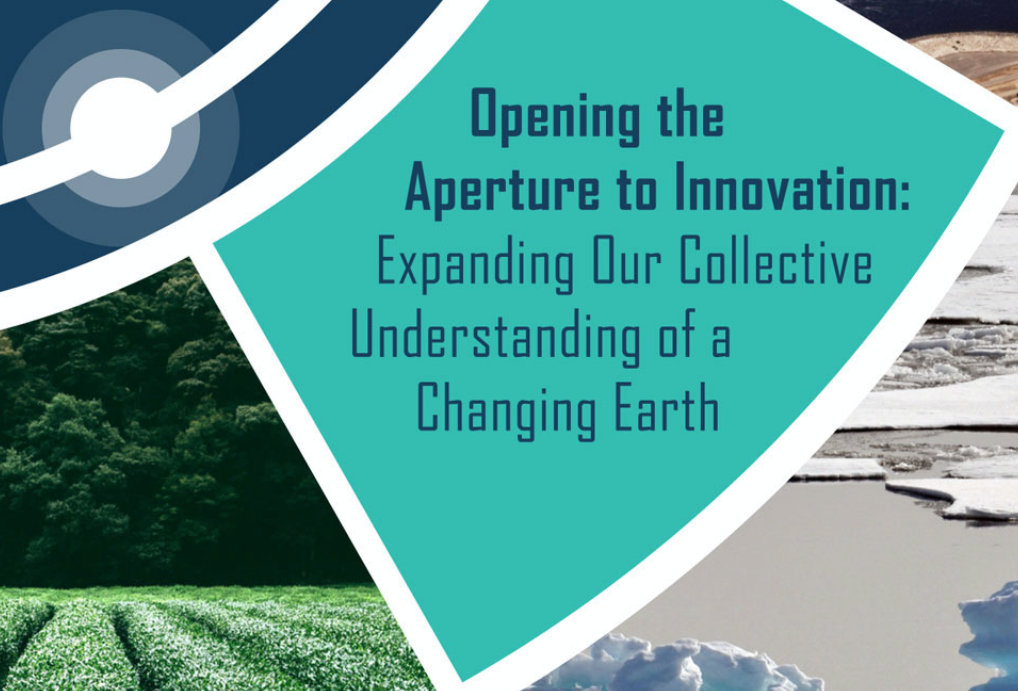
Pecora 22: Call for Abstracts
From October 23 – 28, 2022, Pecora 22 will focus on all aspects of Earth observation, spanning scientific discoveries to operational applications, and from sensors to decisions.
News Archives
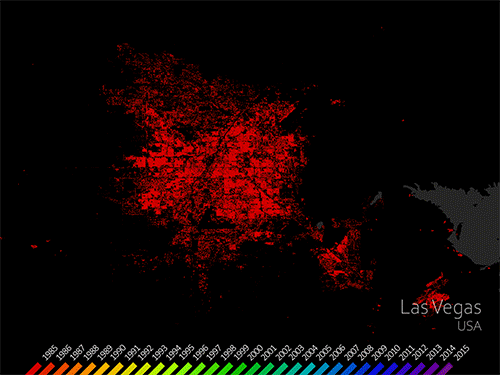
Mapping Our Human Footprint from Space
The World Settlement Footprint is the world’s most comprehensive dataset on human settlement.
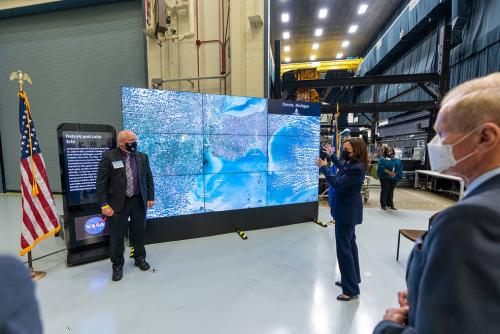
NASA, USGS Release First Landsat 9 Images
Landsat 9’s first light images provide a preview of how the mission will help people manage vital natural resources and understand the impacts of climate change.
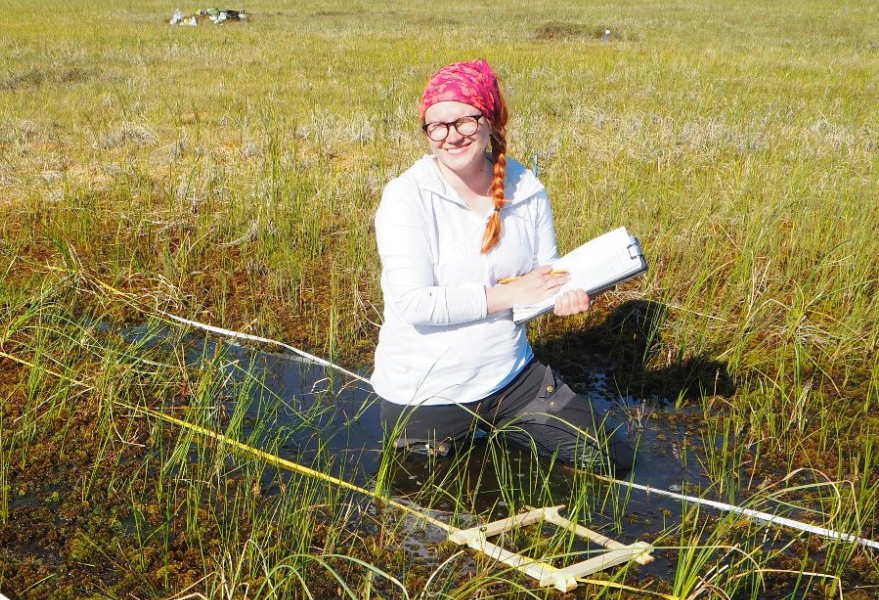
Changes of Aapa Mires Can Be Detected from Landsat Satellite Data
The recent increase of Sphagnum mosses over portions of the northern peatlands known as wet aapa mires can be detected from Landsat satellite data.
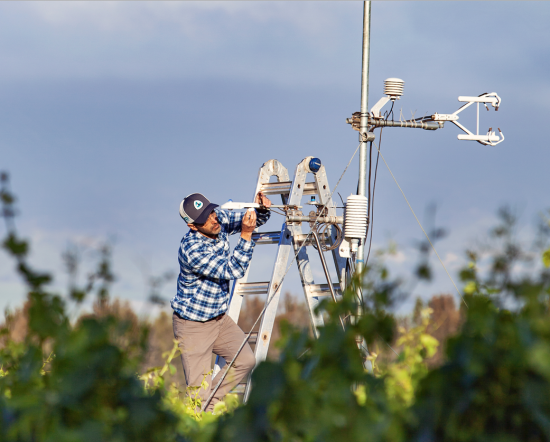
OpenET: A Satellite-Based Water Data Resource
Data from Landsat powers OpenET, a new web-based platform that puts water use information for 17 western United States into the hands of farmers, water managers and conservation groups.

Bill Kustas: Advancing Water Research Drop by Drop
Kustas’ research informed the new OpenET app that uses Landsat thermal data as a key data input.
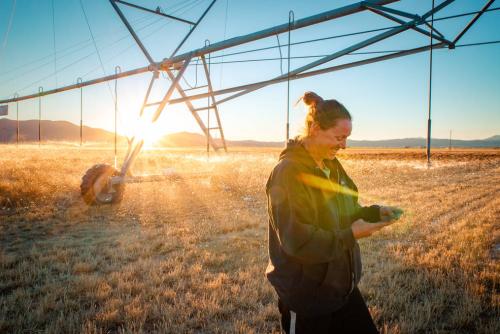
NASA Invites Media to Briefing on New Water Data Platform
NASA will hold a virtual media briefing at 1:30 p.m. EDT Thursday, Oct. 21, to share a powerful, new, web-based platform to help those who rely on water resources across the drought-stricken western U.S.

Finding “Cool Islands:” Landsat Used to Study Thermal Impact of Large Solar Parks
Using Landsat, scientists have discovered for the first time that large scale solar parks have a cooling effect on the land surrounding them.
Landsat Pixel Walkers: Getting a Feel for Field Work
Field work conducted in northern Alaska is being used in concert with the Landsat satellite data record in an effort to better understand the impacts of climate change on the Arctic.
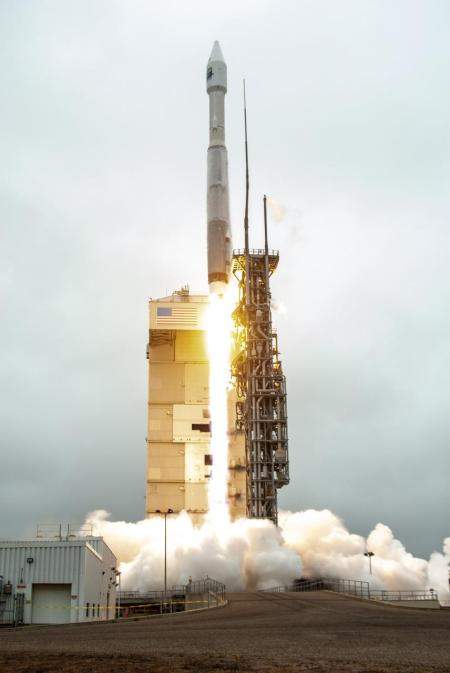
Landsat 9 Power-Positive and Proceeding Smoothly Through On-Orbit Checkout
Landsat 9 successfully launched on Monday, Sept 27, 2021 at 11:12 a.m. PDT and is now proceeding smoothly and accordingly through its scheduled on-orbit checkout period.
News Archives

Mapping Our Human Footprint from Space
The World Settlement Footprint is the world’s most comprehensive dataset on human settlement.

NASA, USGS Release First Landsat 9 Images
Landsat 9’s first light images provide a preview of how the mission will help people manage vital natural resources and understand the impacts of climate change.

Changes of Aapa Mires Can Be Detected from Landsat Satellite Data
The recent increase of Sphagnum mosses over portions of the northern peatlands known as wet aapa mires can be detected from Landsat satellite data.

OpenET: A Satellite-Based Water Data Resource
Data from Landsat powers OpenET, a new web-based platform that puts water use information for 17 western United States into the hands of farmers, water managers and conservation groups.

Bill Kustas: Advancing Water Research Drop by Drop
Kustas’ research informed the new OpenET app that uses Landsat thermal data as a key data input.

NASA Invites Media to Briefing on New Water Data Platform
NASA will hold a virtual media briefing at 1:30 p.m. EDT Thursday, Oct. 21, to share a powerful, new, web-based platform to help those who rely on water resources across the drought-stricken western U.S.

Finding “Cool Islands:” Landsat Used to Study Thermal Impact of Large Solar Parks
Using Landsat, scientists have discovered for the first time that large scale solar parks have a cooling effect on the land surrounding them.
Landsat Pixel Walkers: Getting a Feel for Field Work
Field work conducted in northern Alaska is being used in concert with the Landsat satellite data record in an effort to better understand the impacts of climate change on the Arctic.

Landsat 9 Power-Positive and Proceeding Smoothly Through On-Orbit Checkout
Landsat 9 successfully launched on Monday, Sept 27, 2021 at 11:12 a.m. PDT and is now proceeding smoothly and accordingly through its scheduled on-orbit checkout period.
